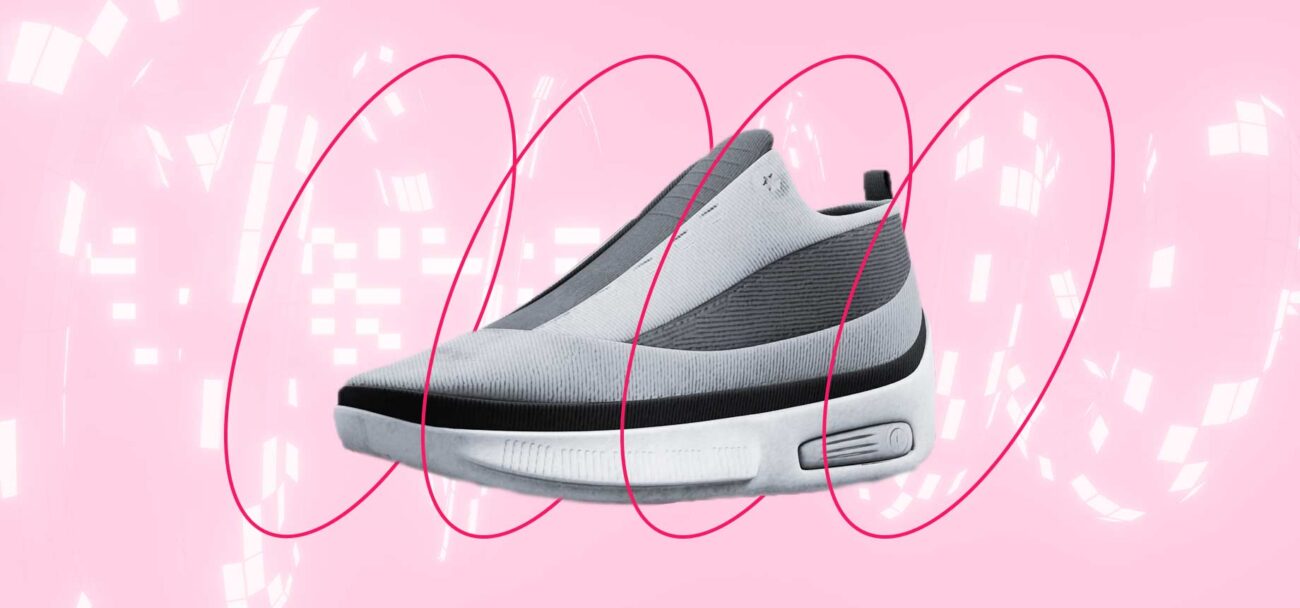
Civilians are going to the moon, cryptocurrency is the latest craze and virtual universes are expanding more and more – you’ve certainly read or heard about “metaverse” in the last couple of months. We are witnessing an innovation boom where impossible is not a real word and the future is truly limitless. The key is making the most out of these trends and understanding how your business can benefit from all the opportunities there are to explore on the internet.
Ecommerce websites are slowly but gradually adapting to the ever-changing digital world. Nowadays, online retailers are adopting crypto as a payment method and PayPal has announced Checkout with Crypto, a feature that allows its customers to use crypto coins to pay for their purchases.
Today, you are able to find a lot of ecommerce features and extensions that are very helpful for those who want to integrate more of the crypto universe into their online store. On the same note, this movement is starting to get a bit clearer for those brands who want to integrate and sell NFTs following this new digital trend. Especially inside the fashion world.
What is an NFT?
Long story short, NFTs are essentially blockchain products that can be exchanged in blockchain markets.
Today, NFT is one of the biggest acronyms for innovation, technology and crypto. They have taken the world by storm. Just last year, the Collins Dictionary said the usage of the word NFT in the United States increased 11,000%.
NFTs stands for non-fungible tokens, meaning it’s a one-of-a-kind token – sort of like exclusive sports cards or a limited-edition vintage clothing piece. They can be anything digital such as drawings, music, gifs and even old tweets (yes, really!).
They are built and exchanged through blockchain technology, which is a way to record transactions across an entire network of computer systems. The chain has blocks, which are responsible for recording transactions to each participant’s blockchain network. This makes it harder for hackers to attack the network. If they wanted to corrupt a blockchain system, they would have to change every single block in the chain.

Each NFT is created only once, which means they can’t be replicated or even replaced. By making use of these blockchain technology components, people can make their own NFTs to sell it online in emerging NFT marketplaces, with buyers paying it all through crypto money. Then, they can be stored in the owner’s crypto wallet and the NFT can be used whatever way they want.
It’s not that easy to grasp the idea of having something that’s yours but that isn’t tangible. When it comes to memes, for instance, there is a lot of debate over them still being up for everyone to see. Except, they don’t have the actual NFT. The NFT case of the viral “Charlie Bit Me” YouTube video is a good example of this discussion.
How luxury ecommerce fashion brands are playing the NFT game
You can ask yourself “what is the point of buying digital clothes and products that I won’t be able to use?”, but for online retailers NFTs come in all shapes, uses and sizes.
So yes, digital fashion is a thing. While traditional fashion is way more useful to society, luxury fashion designers are tapping into the exclusive – and expensive – world of NFTs and cryptocurrency. NFTs make it possible for luxury brands to create priceless, irreplicable experiences for customers which will, in turn, improve brand awareness, engagement and boost sales.
Plus, they aren’t only selling NFTs but using its technology to increase sales and improve user experience: with proof of ownership, for instance, customers can be drawn to the safety of buying on your website.
Proof of ownership and authenticity
Proof of ownership and authenticity is a very popular thing in the collectibles world because it is essential to guarantee that a specific product is unique and original — and something that attracts luxury brands. Digital certificates of ownership and authenticities have been a thing for a while, but with the arrival of NFTs the verification process became faster.
As we’ve mentioned, an NFT’s attributes cannot be changed without a record, so with the code that comes with the NFT the computer can easily verify if an image is an original NFT or not. Plus, it can also identify the entire journey of the NFT up to its most recent point.
By issuing digital NFT certificates, ecommerces that sell antique and second hand high value goods can create an incentive for people to buy certain products because they are getting an irrevocable certificate of ownership against it. This makes it safer for customers to to overcome the fear of falling prey to scams on the internet.

4 examples of online fashion NFT use cases
1. Prada and Adidas collaboration
German-born Adidas and luxury brand Prada are partnering to launch an NFT collaboration that will feature user-generated and creator-owned art. People will be able to submit their art ideas and arts to be selected and minted by Adidas. Then, the selected artists will have every right to the NFT that they produced and will have the opportunity of selling it online. The idea is giving customers a voice in the brand conversation and build engaging relationships, besides supporting artists’ work.
2. Paco Rabanne phygital NFTs in partnership with Selfridge’s
Paco Rabanne is selling NFTs that can be purchased via an in-store digital screen using a traditional credit card and will include digital versions of the first dresses designed by Paco Rabanne. Some pieces will also be versions of drawings that were never even produced. The NFTs are only available at selected Selfridge’s stores.
At least 1,800 NFTs are planned to drop between 28 January and 12 March, with prices ranging between £2,000 to more than £100,000. Some selected Paco Rabanne NFTs will be sold with their physical counterparts, and the digital versions can be worn in multiple virtual platforms.
3. Balmain’s digital sneakers
French luxury brand Balmain has also been using NFTs as a way to enhance the physical shopping experience. The goal is to tie everything that is digital, especially NFTs, to a real world space.
Balmain’s latest NFTs include two pairs of trainers, a black and a white digital version of a BBold Dogpound collab and a digital membership card, launched in conjunction with the physical drop of the trainers, which retail at $1,069 and are signed by Balmain creative director Olivier Rousteing.
4. Nike’s investment in the Metaverse
Nike has already started connecting the physical and digital world with it’s patented method to verify sneakers’ authenticity using an NFT system called CryptoKicks. But, the well-known activewear company is dipping its toes into the Metaverse.
It recently opened Nikeland in the metaverse platform Roblox, where people can try on a range of high-profile Nike products and play games. Last month, Nike filed seven metaverse-related trademark applications, indicating an intent to make and sell virtual branded sneakers and apparel.
Building NFT communities is the future
According to Morgan Stanley, NFTs will constitute over 10% of the luxury goods market by 2030, just eight years from now. And how can other companies surf this wave?
It’s all about the hype and the sense of community a product or brand can bring. In the real world it’s the Air Jordan Community from Nike or a Harley Davidson’s motorcycle club. Being able to get together with people who have common interests with the support of brands while increasing sales is the peak of customer experience.
NFTs are not that far behind. Recently, Neymar Jr, the famous Brazilian soccer player, bought an NFT illustration from Bored Ape Yacht Club for $1,1 million dollars. Following suit was Justin Bieber, who also bought an illustration from the same brand for $1,29 million dollars. News about this have created the perfect hype for the Bored Ape brand, with people being interested in their work while also attracting investors due to a surge in popularity.
This is a great strategy that can soon start to be used by big fashion brands, especially through collabs, in order to disseminate its presence in the blockchain markets as to not lose relevance to other brands in the same space. Having a sponsorship or even getting your brand to be featured in articles is essential to creating the perfect marketing buzz.
It’s all-new in the NFT world and it still has a long way to go to become a truly popular thing. It has already, though, created one emerging trend for the crypto world with a hoard of celebrities and billionaires investing in it. It’s a constantly moving market, so keep an eye out for trends and for any bumps that might come up in the road.













